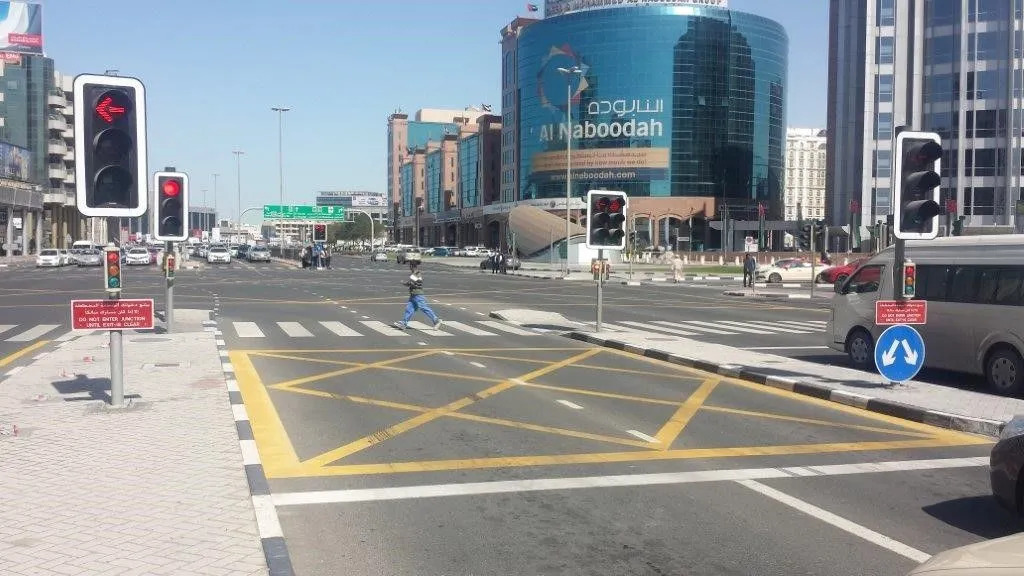A new report has highlighted the risk of crashes involving ATVs being operated off-road by young drivers. According to data from the Consumer Product Safety Commission (CPSC) in the US, ATV injuries led to over 2 million visits to hospital emergency departments in the period between 2000 and 2015. In 2015 alone, there were 108,000 visits to emergency rooms in the US, as a result of ATV crashes.
A recent article in the Journal of the American Academy of Orthopaedic Surgeons states that ATV crashes can result in serious brain injuries as well as skull fractures, concussions, spinal fractures, and a range of other broken bones.
The American Academy of Orthopaedic Surgeons’ (AAOS) has started a campaign to raise awareness over the risks involving crashes with ATVs.
“While the AAOS campaign, and various other public safety campaigns have had a visible impact on ATV related injuries, more needs to be done,” said Joey Johnson, MD, an orthopedic surgeon and an author of the article titled, “Trends in all-terrain vehicle injuries from 2000 to 2015 and the effect of targeted public safety campaigns.”
Orthopedic surgeons have to deal with the injuries to many patients who end up in hospital emergency facilities following ATV crashes. As a result, AAOS introduced a multimedia campaign in 2007 to highlight the risks facing young and inexperienced drivers.
There was an upward trend in the injury rate from 2000, when the injury rate was 36/100,000 people. The injury rate then peaked in 2007 at 54/100,000. However following the campaign, ATV injuries decreased 34% between 2007 and 2015, dropping back to 34/100,000.
Safety for off-road vehicles
A new report has highlighted the risk of crashes involving ATVs being operated off-road by young drivers. According to data from the Consumer Product Safety Commission (CPSC) in the US, ATV injuries led to over 2 million visits to hospital emergency departments in the period between 2000 and 2015. In 2015 alone, there were 108,000 visits to emergency rooms in the US, as a result of ATV crashes.
November 14, 2018
Read time: 2 mins







